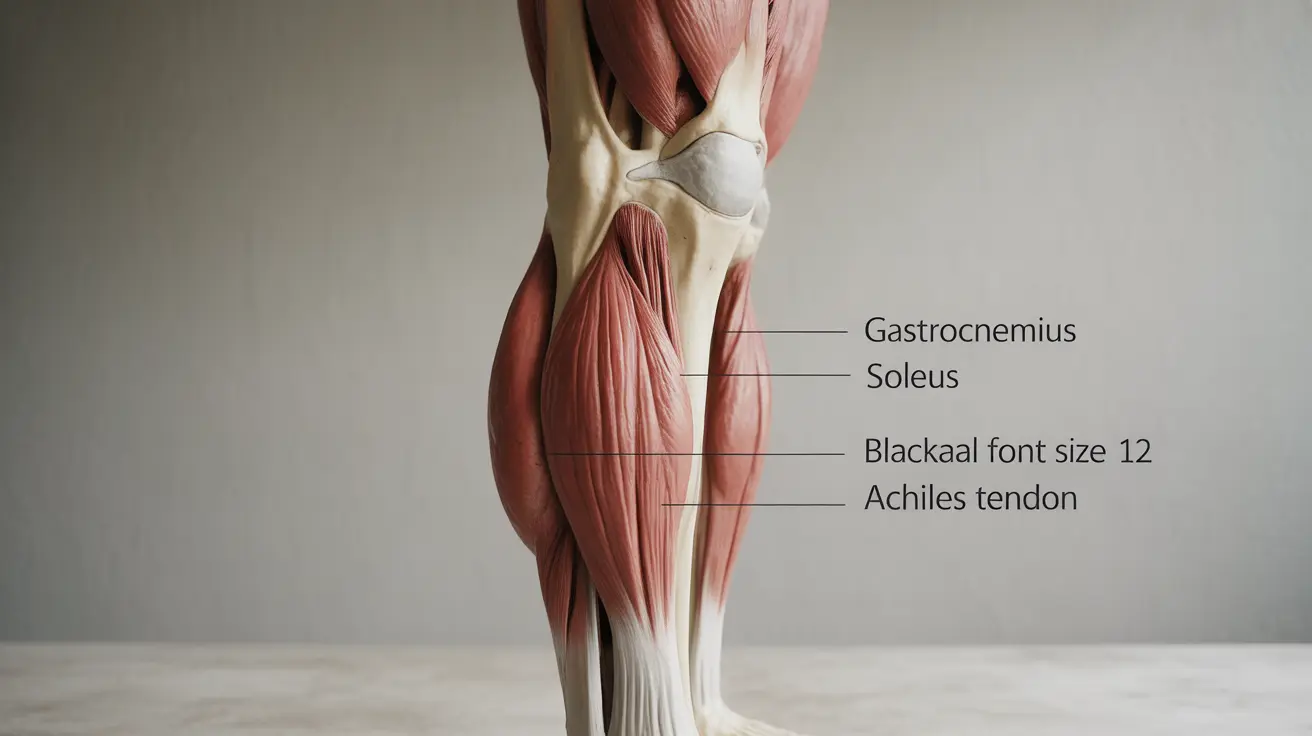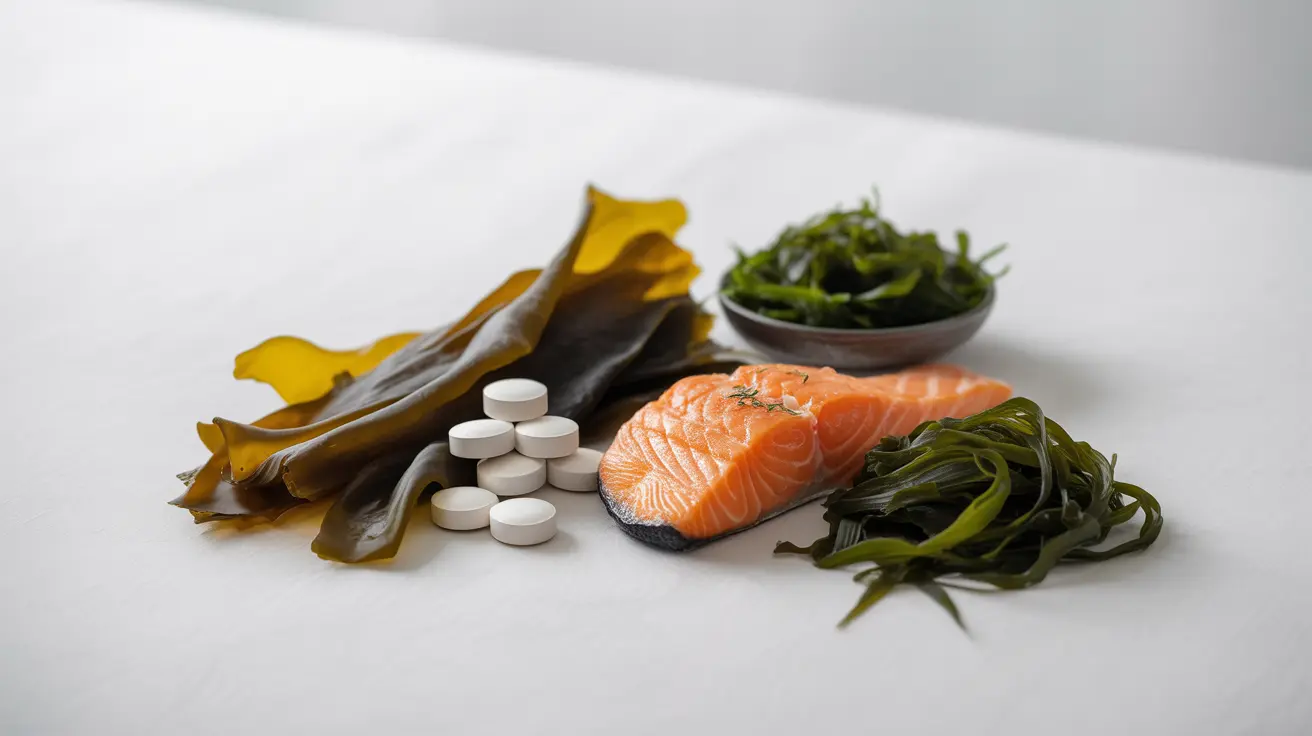Calf pain can range from a mild nuisance to a serious medical concern, affecting people of all ages and activity levels. Whether you're an athlete experiencing post-workout soreness or someone dealing with unexpected calf discomfort, understanding the underlying causes and appropriate treatments is crucial for proper management and recovery.
This comprehensive guide will explore the various causes of calf pain, help you identify warning signs, and provide practical solutions for relief and prevention.
Common Causes of Calf Pain
Calf pain can stem from several different sources, each with distinct characteristics and treatment requirements:
Muscle Strains and Tears
The most common cause of calf pain is muscle strain, typically affecting the gastrocnemius or soleus muscles. This usually occurs during sudden movements, overexertion, or inadequate warm-up before exercise. The pain may range from mild to severe and is often accompanied by swelling and difficulty walking.
Muscle Cramps
Sudden, intense cramping in the calf muscles can occur due to dehydration, electrolyte imbalances, or poor circulation. These cramps, sometimes called "charley horses," can be extremely painful but usually resolve within minutes.
Circulation-Related Issues
Deep vein thrombosis (DVT) and peripheral artery disease (PAD) can cause significant calf pain. These conditions require immediate medical attention, especially if accompanied by swelling, warmth, or redness in the affected area.
Warning Signs and When to Seek Medical Help
While some calf pain can be managed at home, certain symptoms warrant immediate medical attention:
- Severe swelling and redness
- Warm skin over the affected area
- Difficulty breathing along with calf pain
- Inability to put weight on the affected leg
- Persistent pain that doesn't improve with rest
Home Treatment Options
For mild to moderate calf pain, several home remedies can provide relief:
RICE Method
Rest, Ice, Compression, and Elevation (RICE) is an effective first-line treatment for muscle strains and minor injuries. Apply this method within the first 48 hours of injury onset.
Gentle Stretching
Once acute pain subsides, gentle stretching can help prevent muscle tightness and improve flexibility. However, avoid stretching if it causes increased pain.
Prevention Strategies
Taking proactive steps can help reduce your risk of experiencing calf pain:
- Proper warm-up before exercise
- Regular stretching and strengthening exercises
- Maintaining good hydration
- Wearing appropriate footwear
- Gradually increasing exercise intensity
Frequently Asked Questions
What are the most common causes of calf pain and how can I tell which one I have?
The most common causes include muscle strains, cramps, and overuse injuries. Muscle strains typically cause sharp or pulling pain, while cramps cause sudden, intense tightening. The location, onset, and type of pain can help identify the cause – gradual onset usually indicates overuse, while sudden pain might suggest a strain or tear.
When should I see a doctor for calf pain, and what symptoms indicate a serious condition like deep vein thrombosis?
Seek immediate medical attention if you experience severe swelling, redness, warmth in the calf area, difficulty breathing, or if the pain is accompanied by fever. These symptoms, particularly when combined with risk factors like recent surgery or prolonged immobility, could indicate DVT.
How is calf muscle strain or cramp treated at home, and what home remedies can help relieve the pain?
For immediate relief, apply the RICE method. Over-the-counter pain medications can help manage discomfort. For cramps, gentle stretching, massage, and ensuring proper hydration and electrolyte balance are effective remedies.
Can poor circulation or nerve problems cause calf pain, and how are these conditions diagnosed and treated?
Yes, conditions like peripheral artery disease and nerve compression can cause calf pain. Diagnosis typically involves physical examination, imaging tests, and sometimes nerve conduction studies. Treatment depends on the underlying cause but may include medication, physical therapy, or lifestyle modifications.
What lifestyle changes or preventive measures can reduce the risk of calf pain from muscle strain or cramps?
Regular stretching, proper hydration, balanced nutrition, appropriate footwear, and gradual exercise progression can help prevent calf pain. Maintaining a healthy weight and staying active also contribute to prevention.




